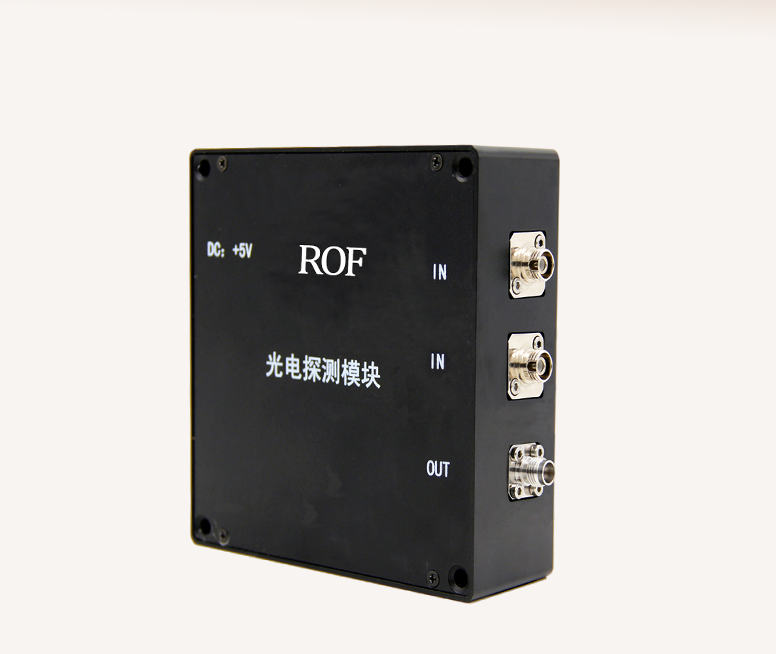New photodetectors revolutionize optical fiber communication and sensing technology
With the continuous progress of science and technology, optical fiber communication systems and optical fiber sensing systems are changing our lives. Their application has penetrated into every aspect of daily life, from Internet communication to medical diagnosis, from industrial automation to scientific research. Recently, a new type of photodetector has revolutionized both systems.
This photodetector integrates a PIN photodiode and a low noise amplifier circuit for high operating bandwidth and low insertion loss. This means that it is able to capture the light signal in a very short time and convert it into an electrical signal, thus achieving high-speed and efficient photoelectric conversion.

In addition, the photodetector’s detection wavelength range covers 300nm to 2300nm, covering almost all visible and infrared wavelengths. This property enables it to be used in a wide range of different optical and sensing systems.
The photodetector has analog signal processing and amplification functions, which can amplify weak light signals enough to be detected by the instrument in a very short time. This allows it to play an important role in fields such as optical communication, spectral analysis, lidar and so on.
In addition to being powerful, this photodetector is very clever in design. The shell is designed to prevent dust and electromagnetic interference, which can effectively protect the internal circuit from external interference. At the same time, its SMA output interface makes it easy to connect with other devices.
It is worth mentioning that the shell of this photodetector has a threaded hole, so that it can be fixed on the optical platform or experimental equipment, which greatly facilitates the experimental operation.
Overall, this new photodetector is a powerful boost to optical fiber communication systems and optical fiber sensing systems. The high operating bandwidth and low insertion loss enable high-speed and efficient photoelectric conversion, and the wide wavelength range and high gain enable it to adapt to a variety of different application scenarios. The exquisite design and convenient installation greatly enhance the user experience. The introduction of this photodetector will undoubtedly further promote the development of optical fiber communication and sensing technology, leading us into a new world of light.
Post time: Aug-30-2023





